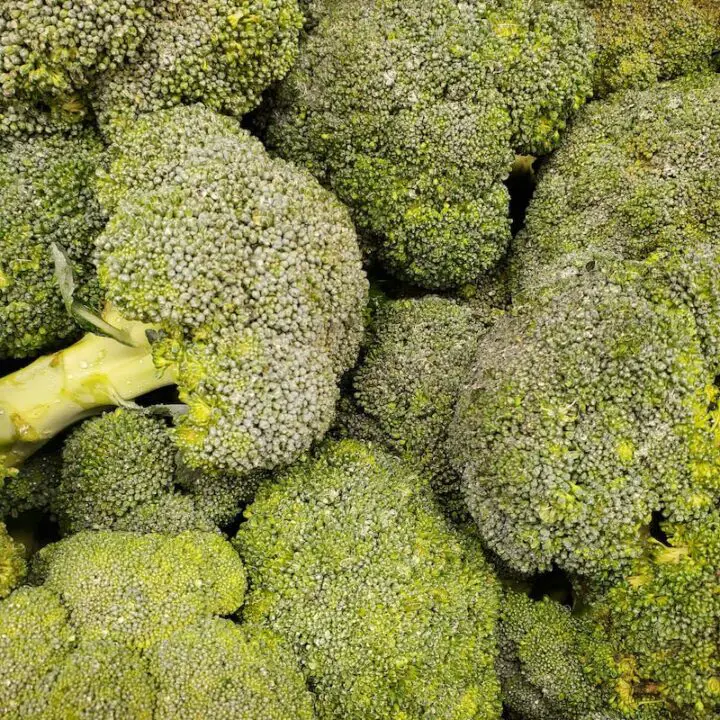Broccoli is a nutrient-dense vegetable that is packed with vitamins and minerals. It is a member of the cruciferous family of vegetables, which also includes cauliflower, Brussels sprouts, and cabbage. While traditionally grown in outdoor gardens, broccoli can also be grown indoors as a potted plant. In this article, we will discuss the benefits of growing broccoli indoors, the steps involved in growing broccoli indoors, and some tips for caring for your broccoli plant.
Table of Contents
Benefits of Growing Broccoli Indoors
There are many benefits to growing broccoli indoors. First and foremost, it allows you to enjoy fresh, home-grown broccoli all year round, regardless of the weather outside. Broccoli thrives in cooler temperatures, making it an ideal plant for indoor growing during the winter months.
Indoor growing also eliminates the need for pesticides and herbicides, which can be harmful to the environment and your health. By growing your own broccoli, you can ensure that it is free from harmful chemicals and pesticides.
Additionally, growing broccoli indoors can be a great way to save money on your grocery bill. Store-bought broccoli can be expensive, and by growing your own, you can save money while also enjoying the many health benefits of this delicious vegetable.
Steps for Growing Broccoli Indoors
Choose the Right Container
The first step in growing broccoli indoors is to choose the right container. Broccoli plants need plenty of room to grow, so choose a container that is at least 12 inches deep and wide. The container should also have drainage holes to allow excess water to escape.
Choose the Right Soil
The soil you use for your broccoli plant is critical for its growth and success. Choose a high-quality potting mix that is rich in organic matter and nutrients. Avoid using garden soil, as it may contain pests or diseases that can harm your plant.
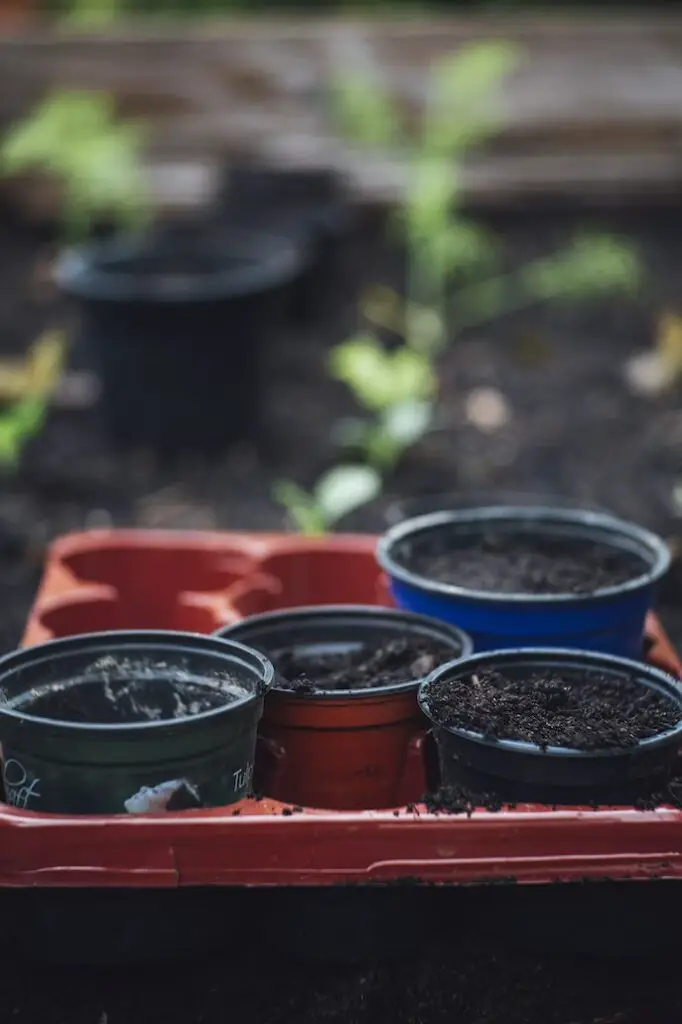
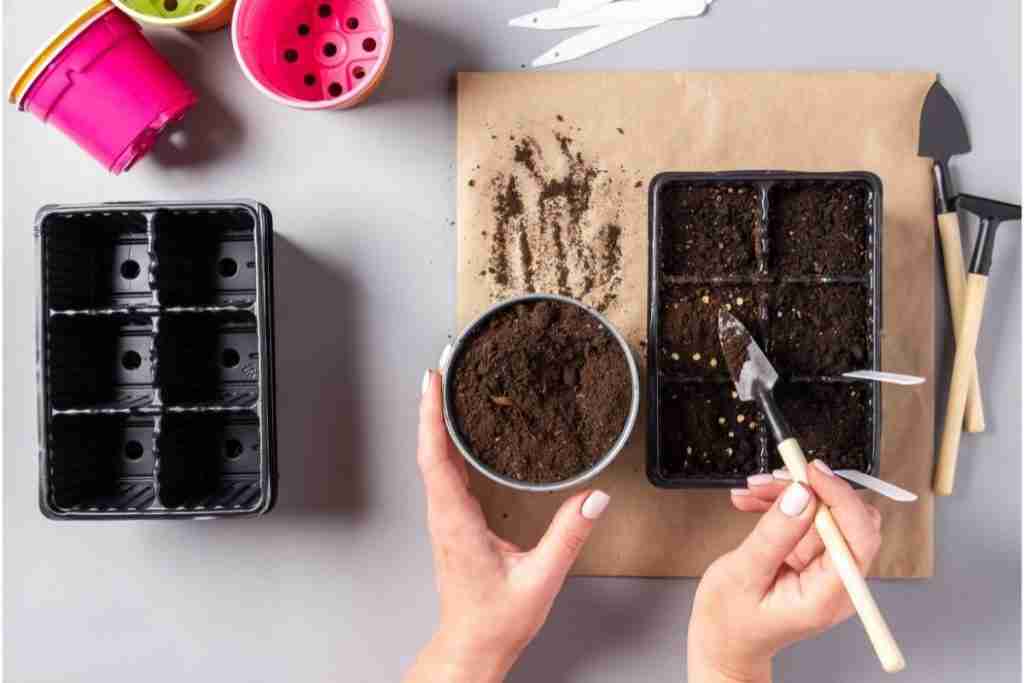
Plant Your Broccoli Seedlings
Broccoli seeds should be started indoors about 6-8 weeks before you plan to transplant them outside. Fill your container with potting mix, leaving about 1-2 inches (2.5 – 5 centimetres) of space at the top. Make a small indentation in the soil with your finger, and place the seedling inside. Cover the roots with soil and gently press down to ensure good contact between the soil and the roots.
Provide the Right Amount of Light
Broccoli plants need plenty of light to grow and thrive. Place your container in a location that receives at least 6-8 hours of sunlight per day. If you do not have a sunny window, consider using a grow light to provide your plant with the light it needs.
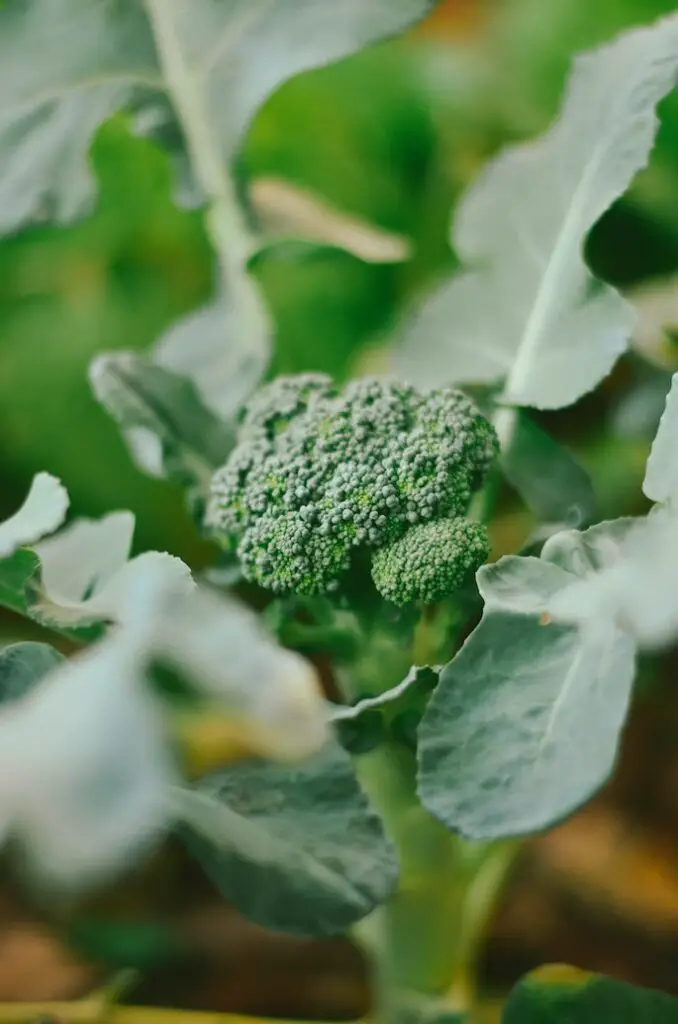

Water and Fertilise Your Broccoli Plant
Water is critical for the growth and success of your broccoli plant. Water your plant regularly, keeping the soil moist but not waterlogged. Water your plant when the top part of soil is dry to the touch. Be careful not to overwater, as this can lead to root rot and other problems.
Fertilising your broccoli plant is important for its growth and success. Use a high-quality fertiliser that is rich in nitrogen, phosphorus, and potassium. Apply fertiliser according to the package instructions, being careful not to over-fertilise, as this can harm your plant.
Watch for Pests and Diseases
Indoor plants are not immune to pests and diseases. Keep an eye out for common pests like aphids and spider mites, and treat them immediately if you notice any signs of infestation. Diseases like root rot can also be a problem, so be sure to monitor your plant closely and take action if you notice any signs of disease.
Tips for Caring for Your Broccoli Plant
Here are some additional tips for caring for your broccoli plant:
- Pinch off the First Set of Leaves
When your broccoli plant is about 4-6 weeks old, you should pinch off the first set of leaves. This will encourage the plant to grow bushier and stronger, which will ultimately lead to a higher yield of broccoli.
- Provide Adequate Airflow
Broccoli plants need adequate airflow to prevent fungal diseases and promote healthy growth. Make sure your plant is not crowded by other plants, and consider using a fan to provide some gentle air circulation.
- Thin Out Seedlings
If you started your broccoli seeds in a seed tray, you will likely have multiple seedlings in each cell. Once your seedlings have a few leaves, thin them out to one seedling per cell. This will give each plant more room to grow and develop.
- Transplant Your Broccoli Plant
Once your broccoli plant is about 6-8 weeks old and has several leaves, it is ready to be transplanted into a larger container or outside into your garden. Make sure the soil is moist before transplanting, and be careful not to damage the roots when removing the plant from its original container.
- Harvest Your Broccoli
Broccoli is ready to harvest when the head is firm and tight, and the buds are still green. Use a sharp knife to cut the head off the stem, leaving a few inches of stem attached. Once you have harvested the main head, the plant will often produce smaller side shoots that can also be harvested.

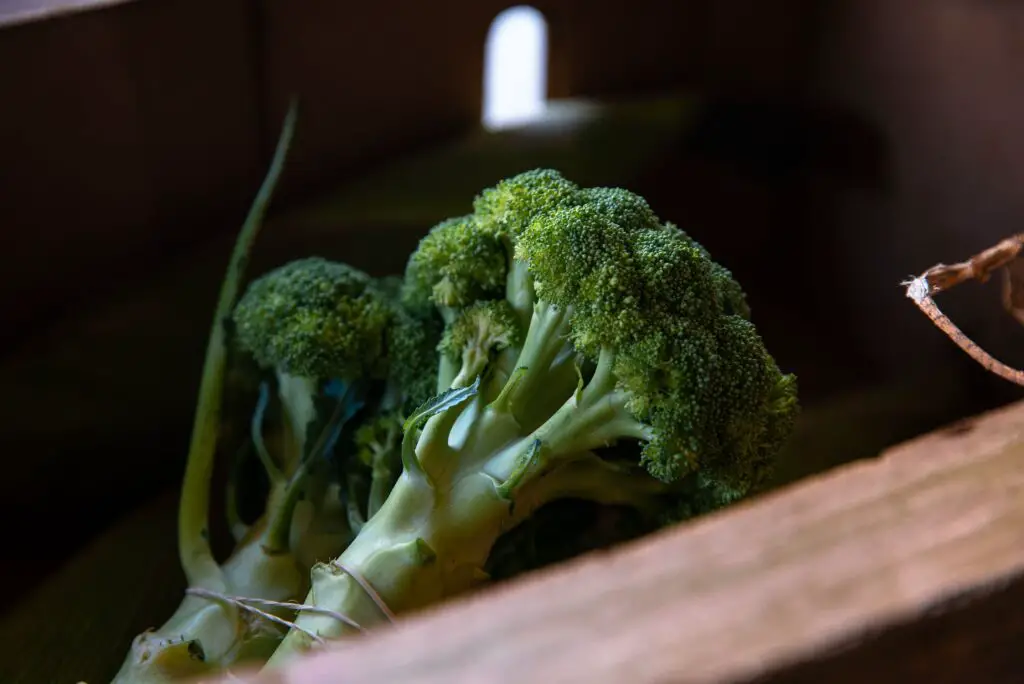
Conclusion
Growing broccoli as an indoor plant can be a fun and rewarding experience. By following these steps and tips, you can enjoy fresh, home-grown broccoli all year round, while also saving money and avoiding harmful pesticides and chemicals. Remember to provide your plant with plenty of light, water, and nutrients, and monitor it closely for pests and diseases. With a little patience and care, you can grow a healthy and delicious broccoli plant right in your own home.

